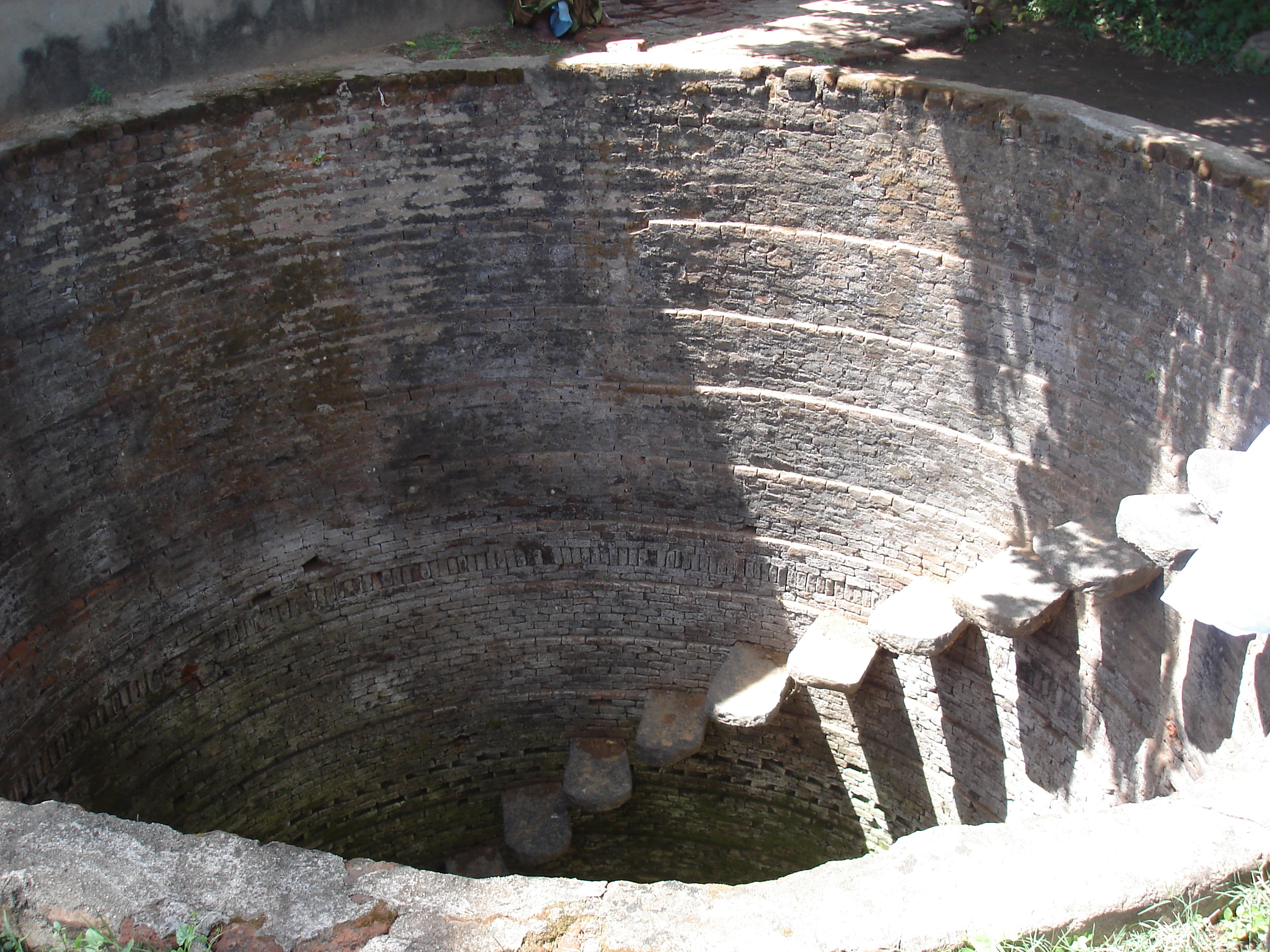
Bunting, says Bill James of Sabermetrics fame, is “the only play in baseball that both sides applaud.” But years ago, every player – even sluggers like Babe Ruth and Mickey Mantle – used bunting as a fundamental part of the game, and some coaches still prefer the bankable bunt when it comes to advancing runners, especially when a weak hitter steps to the plate.
Whatever your viewpoint, there’s little doubt that bunting is an art. Read on for the ins-and-outs of this venerable and controversial technique.



